Faktor Risiko Kesiapan Kehamilan, Perilaku Nurtisi, dan Perilaku Pencegahan sebagai Prediktor Hipertensi Kehamilan
DOI:
https://doi.org/10.32382/medkes.v20i1.1444Kata Kunci:
Hipertensi, Kehamilan, Nutrisi, Pencegahan, PerilakuAbstrak
Hipertensi dalam kehamilan merupakan kondisi tekanan darah tinggi yang muncul selama masa kehamilan atau disebabkan oleh kehamilan itu sendiri, dan umumnya terjadi setelah usia kehamilan mencapai 20 minggu. Kondisi ini menjadi salah satu komplikasi kehamilan yang cukup umum, dengan prevalensi sekitar 5–15%. Kesiapan ibu menghadapi kehamilan, perilaku nutrisi dna perilaku pencegahan dinilai sangatlah penting untuk membantu mengurangi angka kematian ibu dan bayi salah satunya dengan menjaga kehamilan tanpa disertai hipertensi. Penelitian ini bertujuan untuk menganalisis kesiapan kehamilan, perilaku nutrisi dan perilaku pencegahan terhadap kejadian hipertensi kehamilan. Metode penelitian menggunakan analitik observasional dengan rancangan cross sectional study. Sampel dalam penelitian adalah 71 ibu hamil menggunakan accidental sampling. Instrumen penelitian menggunakan kuesioner dan tensimeter dan data yang dikumpulkan diuji menggunakan uji statistic spearman rank. Hasil penelitian menunjukkan kesiapan kehamilan dengan kejadian hipertensi kehamilan ditemukan p value 0,039 dan nilai kooefisien korelasi -0,246 , pada perilaku nutrisi dengan kejadian hipertensi kehamilan menunjukkan p value 0,010 dan nilai kooefisien korelasi -0,306 serta perilaku pencegahan dengan kejadian hipertensi kehamilan menunjukkan p value 0,046 dan nilai kooefisien korelasi -0,238. Kesimpulan penelitian ini ada pengaruh kesiapan kehamilan terhadap kejadian hipertensi kehamilan, ada pengaruh perilaku nutrisi dengan kejadian hipertensi kehamilan serta ada pengaruh perilaku pencegahan dengan kejadian hipertensi kehamilan
Kata Kunci : Hipertensi; Kehamilan; Nutrisi; Pencegahan; Perilaku.
Referensi
Idaningsih A. Asuhan Kebidanan Kehamilan; Buku Lovrinz Publishing. LovRinz Publishing; 2021.
Kurjak A, Stanojević M, Dudenhausen J. Why maternal mortality in the world remains tragedy in low-income countries and shame for high-income ones: will sustainable development goals (SDG) help? J Perinat Med. 2023;51(2):170–81. DOI: 10.1515/jpm-2022-0061
Kim Y, Park J, Park M. Creating a Culture of Prevention in Occupational Safety and Health Practice. Saf Health Work [Internet]. 2016;7(2):89–96. Available from: https://www.sciencedirect.com/science/article/pii/S2093791116000093. https://doi.org/10.1016/j.shaw.2016.02.002
Rana S, Lemoine E, Granger JP, Karumanchi SA. Preeclampsia: pathophysiology, challenges, and perspectives. Circ Res. 2019;124(7):1094–112. doi: 10.1161/CIRCRESAHA.118.313276.
Kenny LC, Thomas G, Poston L, Myers JE, Simpson NAB, McCarthy FP, et al. Prediction of preeclampsia risk in first time pregnant women: Metabolite biomarkers for a clinical test. PLoS One. 2020;15(12):e0244369. https://doi.org/10.1371/journal.pone.0244369
Burton GJ, Redman CW, Roberts JM, Moffett A. Pre-eclampsia: pathophysiology and clinical implications. Bmj. 2019;366. DOI: 10.1136/bmj.l2381
Fox R, Kitt J, Leeson P, Aye CYL, Lewandowski AJ. Preeclampsia: risk factors, diagnosis, management, and the cardiovascular impact on the offspring. J Clin Med. 2019;8(10):1625. doi: 10.3390/jcm8101625.
Robillard PY, Dekker G, Scioscia M, Bonsante F, Iacobelli S, Boukerrou M, et al. Increased BMI has a linear association with late-onset preeclampsia: A population-based study. PLoS One. 2019;14(10):e0223888. doi: 10.1371/journal.pone.0223888
Fogacci S, Fogacci F, Banach M, Michos ED, Hernandez A V, Lip GYH, et al. Vitamin D supplementation and incident preeclampsia: A systematic review and meta-analysis of randomized clinical trials. Clinical Nutrition. 2020;39(6):1742–52. doi: 10.1016/j.clnu.2019.08.015
Salminen S, Lee J. A Concept of “Culture of Prevention”: A Review of Literature. Occup Med Health Aff. 2014;2(2):1–5. doi: 10.4172/2329-6879.1000154
Sripad P, Kirk K, Adoyi G, Dempsey A, Ishaku S, Warren CE. Exploring survivor perceptions of pre-eclampsia and eclampsia in Nigeria through the health belief model. BMC Pregnancy Childbirth. 2019;19:1–11. https://doi.org/10.1186/s12884-019-2582-2
Armini NKA, Hidayati N, Kusumaningrum T. Determinants of Nutritional Status Among Pregnant Women: a Transcultural Nursing Approach. Jurnal Ners. 2020;15(2):214. https://doi.org/10.20473/jn.v15i2.21388
Upa MSMP, Kapitan LA V, Wanti W, Irfan I. Pemberian Makanan Tambahan dan Edukasi Pemanfaatan Tanaman Obat Tradisional Dalam Upaya Meningkatkan Status Gizi Anak Guna Mencegah Stunting di Kota Kupang. Ahmar Metakarya: Jurnal Pengabdian Masyarakat. 2024;3(2):72–7. https://doi.org/10.53770/amjpm.v3i2.453
Sari IN, Susanti S. Pendidikan kesehatan tentang pentingnya antenatal care pada masa pamdemi COVID-19. Pengabdian Masyarakat Cendekia (PMC). 2022;1(2):44–50. http://dx.doi.org/10.55426/pmc.v1i2.184
Syairaji M, Nurdiati DS, Wiratama BS, Prüst ZD, Bloemenkamp KWM, Verschueren KJC. Trends and causes of maternal mortality in Indonesia: a systematic review. BMC Pregnancy Childbirth. 2024;24(1):515. https://doi.org/10.1186/s12884-024-06687-6
Winingsih A, Fatimah J, Munawaroh M. Dukungan Keluarga, Petugas Kesehatan, Pengetahuan Ibu dan Pengaruhnya terhadap Kesiapan Menghadapi Kehamilan di RSUD Mampang Prapatan Tahun 2022: Family Support, Health Workers, Mother’s Knowledge and Their Influence on Readiness for Pregnancy at Mampang Prapatan Regional Hospital in 2022. SIMFISIS: Jurnal Kebidanan Indonesia. 2023;2(4):462–71. https://doi.org/10.53801/sjki.v2i4.157
Khairani N, Pratiwi CS. Distress psikologis pada ibu hamil dengan hipertensi gestasional: Scoping review. Jurnal Riset Kebidanan Indonesia ISSN. 2023;7(1):43–55. http://dx.doi.org/10.32536/jrki.v7i1.249
Yuliani AA. Gambaran Kesiapan Ibu Hamil Trimester Iii Dalam Menghadapi Persalinan Di Masa Pandemi Covid-19. Jurnal Asuhan Ibu Dan Anak. 2022;7(1):11–20. https://doi.org/10.33867/jaia.v7i1.298
Mekie M, Mekonnen W, Assegid M. Cohabitation duration, obstetric, behavioral and nutritional factors predict preeclampsia among nulliparous women in West Amhara Zones of Ethiopia: Age matched case control study. PLoS One. 2020;15(1):e0228127. https://doi.org/10.1371/journal.pone.0228127
Minhas AS, Duvall C, Michos ED. Diet as a lifestyle intervention to lower preeclampsia risk. Vol. 13, Journal of the American Heart Association. 2024. p. e032551. https://doi.org/10.1161/jaha.123.032551
Anggraeni N, Sulistyono A, Prabowo GI, Aditiawarman A. The effect of administering salted fish extract as a model of pregnancy hypertension in mus musculus balb-c strain through blood pressure and urinary protein measurements. Journal of Medicinal and Pharmaceutical Chemistry Research. 2024;6(12):1787–96. https://doi.org/10.48309/jmpcr.2024.450643.1175
Astuti E, Ratnasari F, Wibisono H. TINJAUAN LITERATUR FAKTOR-FAKTOR YANG MEMENGARUHI PERILAKU IBU DALAM PEMENUHAN GIZI SELAMA KEHAMILAN. Journal of Health Research Science. 2021;1(01):31–41. https://doi.org/10.34305/jhrs.v1i1.297
Cunningham FG, Leveno KJ, Bloom SL, Hauth JC, Rouse DJ. EGC. Foundation, NS (2018). Sleeping by the trimesters: 3rd trimester. Retrieved August 27, 2018, from https://sleepfoundation. org/sleep-news/sleeping-the-trimesters-3rd-trimester/page/0/1 Gebhart, GE, & Schmidt, RE (2013). Encyclopedia of Pain . Berlin. Journal of Pain. 33(4):376.
Mulyani D, Fathurrahman M, Saputri Y. Faktor budaya dan pola makan ibu sebagai penyebab stunting di Bangkalan. Jurnal Kesehatan Masyarakat Andalas. 2021;16(2):113–21.
Darwati L. Hubungan Gaya Hidup Ibu Hamil Dengan Kejadian Preeklamsia Di Wilayah Kerja UPT Puskesmas Turi Lamongan. Jurnal Keperawatan Muhammadiyah. 2023;8(4). https://doi.org/10.30651/jkm.v8i4.19600
Badan Penelitian dan Pengembangan Kesehatan, Kementerian Kesehatan RI. Laporan Riskesdas Provinsi Lampung 2018. Jakarta: Balitbangkes; 2019. Tersedia dari: https://repository.badankebijakan.kemkes.go.id/id/eprint/3875
Tyas, J. W., Arifah, I., & KM, S. (2024). Hubungan Tingkat Pengetahuan Tentang Kehamilan Dan Usia Dengan Tingkat Kecemasan Pada Ibu Hamil Di Puskesmas Pajang. Universitas Muhammadiyah Surakarta.
Saktiwati Renaningrum, R. (2022b). Hubungan Karakteristik Remaja Dengan Sikap Kesiapan Kehamilan
Pada Remaja Putri Yang Menikah Dini Di Kabupaten Sleman. Poltekkes Kemenkes Yogyakarta. http://poltekkesjogja.ac.id/
Syarifudin, A. (2020). Pengaruh Pendidikan Kesehatan Terhadap Sikap Ibu Hamil Trimester 3 Tentang Preeklamsia (Vol. 2507, Issue February).
Partiwi. (2020). Hubungan usia ibu saat hamil dengan kejadian preeklampsia pada ibu hamil. Stikes Insan Cendekia Medika Jombang. http://repository.itskesicme.ac.id/id/eprint/4422
Unduhan
Diterbitkan
Cara Mengutip
Terbitan
Bagian
PDF downloaded: 479

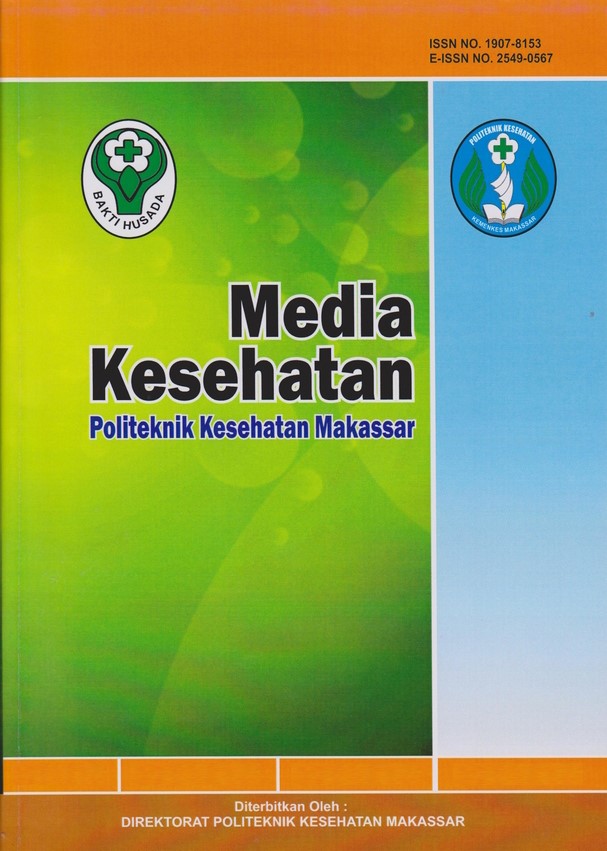



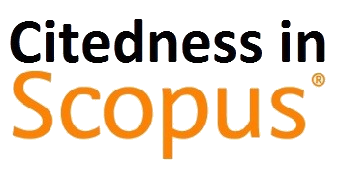
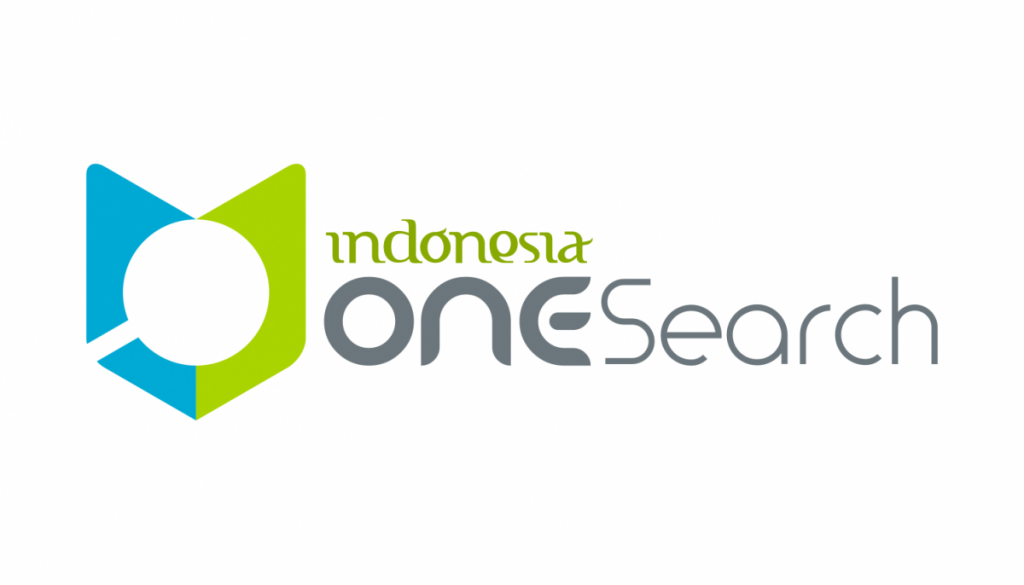

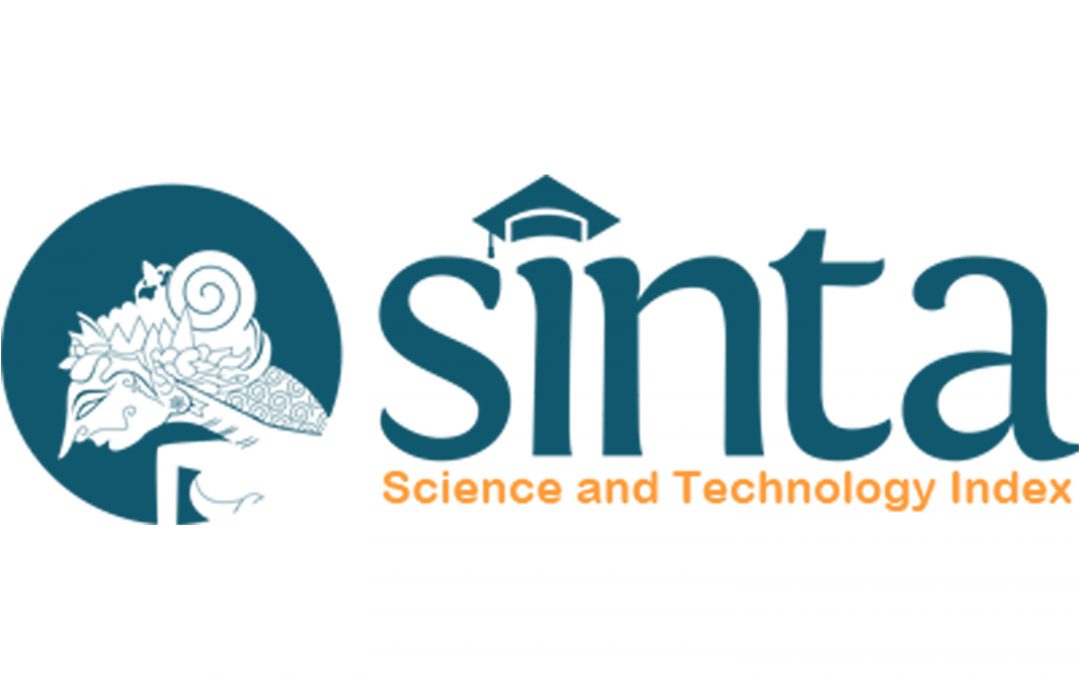

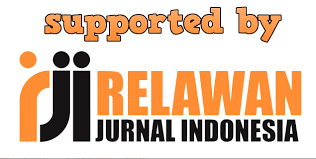



 Email: mediakesehatan@poltekkes-mks.ac.id
Email: mediakesehatan@poltekkes-mks.ac.id
